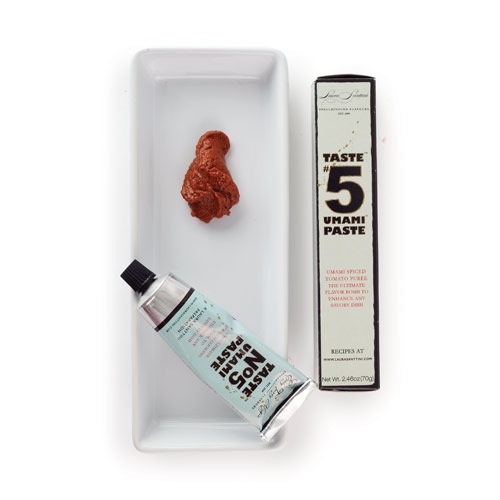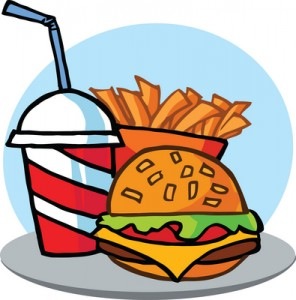 Simple answer: The fifth basic taste (the other four are sweet, salty, sour and bitter). It term comes from the Japanese words for “essence” and “delicious,” and its taste is often described as savory.
Simple answer: The fifth basic taste (the other four are sweet, salty, sour and bitter). It term comes from the Japanese words for “essence” and “delicious,” and its taste is often described as savory.
It can be difficult to really identify umami – which is actually what caused its discovery more than a century ago.
A Japanese chemist couldn’t figure out what gave his dashi (Japanese seaweed soup) such a delicious taste. With testing, his laboratory found out that glutamic acid (glutamate) was what was responsible for the hard to identify taste in his soup. Although his discovery was published in a Chemical Society of Tokyo journal in 1908, umami wasn’t accepted as the fifth taste until 2002 when glutamate taste bud receptors were identified.
What Makes Gives Umami Its Taste?
The glutamate that is responsible for umami is an amino acid that is found in many foods, from meat to vegetables. When glutamate becomes “unbound,” or free from proteins — like when oysters are steamed, red wine ages, or soy sauce ferments — it reacts with taste bud receptors to make food umami, or “delicious.” When a dish has more than one umami producing food in it the effect can multiply, making something really, really delicious.
What Foods Have Umami?
Many of the foods that we eat every day are rich in umami like shellfish, fish, cured meat, mushrooms, ripe tomatoes, spinach, and certain cheeses, red wine, and fermented foods. Our first taste of umami is often breast milk.
The taste of umami is subtle. It blends well with other tastes helping to expand and round out flavors. Most people don’t recognize the savory taste of umami even when they are eating foods that are rich in it — they are just enjoying its “deliciousness.”
Dean & Deluca’s Umami Paste, shown in the photo, is a puree of tomato, garlic, anchovy paste, black olives, balsamic vinegar, porcini mushrooms, parmesan cheese, olive oil, and just a touch of sugar and salt – a combination of a number of umami rich foods. Directions say it can be used in sauces, gravies, and risottos; added to pastas, soups and stews; or smeared on fish, meat or vegetables.



